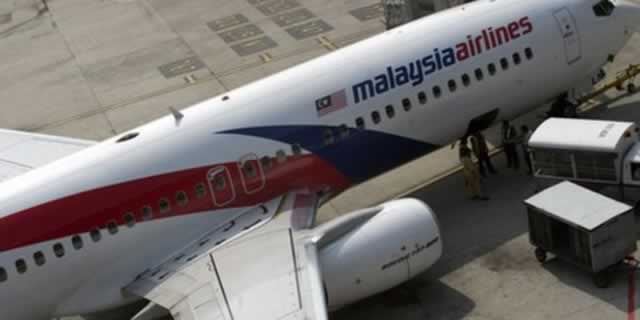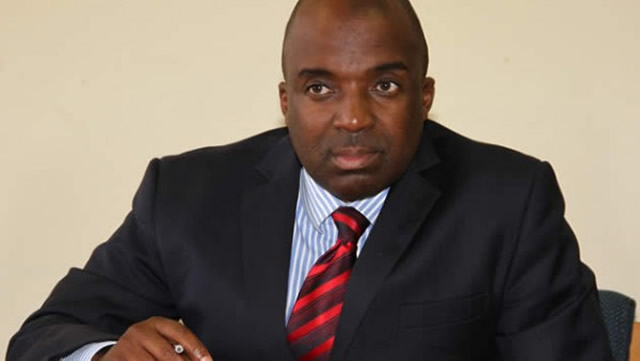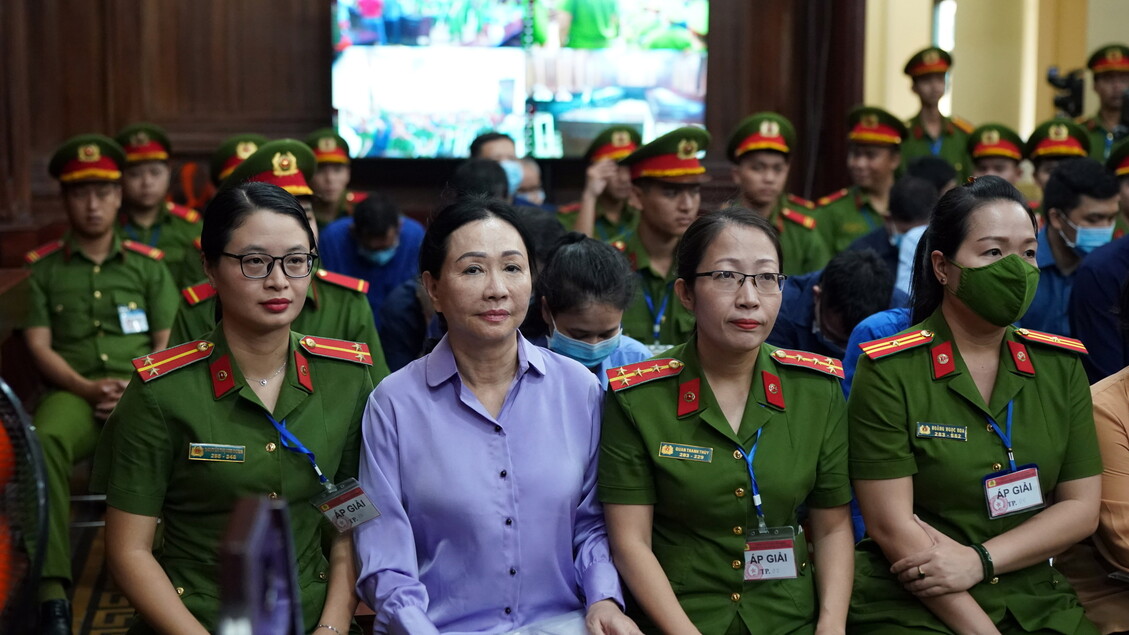Violence against women rising in Mali

New York — Violence against women has become one of the most pressing issues in Mali, where despite recent gains in stabilisation, the political and humanitarian situation remains fragile, John Ging, director of UN humanitarian operations, said on Thursday.
Ging said women face physical and sexual violence in Mali, where fighting erupted again briefly late May, leading the government and separatist rebels to sign a ceasefire agreement committing to continue peace talks. “Violence against women is a big issue and it’s an appalling issue and it’s an issue that we really have to mobilise much more effective action to address,” Ging said.
“These women have the right to be protected.” Ging said that 6,000 cases of violence against women were reported in 2013, including 300 rapes in one region alone.
The humanitarian operations chief said that the country is in dire need of humanitarian assistance including food aid, however, he noted that the country’s situation can be stabilised if political issues were to be addressed by “courageous leadership”.
“The tragedy of this country is that it is caught up in this situation, which is man-made,” Ging said. “The good news is that it is a country that has the potential to sustain itself if it can address successfully the issues that are underpinning the violence.”
Ging’s assessment of the situation in Mali came one day after the UN peacekeeping mission to the country announced it would be deploying unmanned aerial vehicles for surveillance purposes.
Meanwhile, the UN refugee agency has said that at the end of last year more than 50 million people had been forced from their homes worldwide, the highest figure of displaced people since World War II.
In its annual Global Trends report, released yesterday, UNHCR said that out of the 51.2 million people displaced, half of them were children, many of whom were caught up in conflicts or persecutions that the agency said world powers were unable to prevent or end. “We are seeing here the immense costs of not ending war, of failing to resolve or prevent conflict,” said UN High Commissioner for Refugees Antonio Guterres, adding that the UN Security Council was “paralysed in many crucial crises around the world”.
A record 25,300 unaccompanied children lodged asylum applications in 77 countries last year, according to UNHCR.
“We see a growing number of unaccompanied minors on all routes. We see them in the Mediterranean routes, we see them in the Caribbean route, through Mexico to the United States, we see them in the Afghan route into Iran, into Turkey, into Europe,” Guterres said. “We see them everywhere.”
The overall figure in the new report surged by six million from their tally at the end of 2012. It includes 16.7 million refugees and 33.3 million displaced within their homelands, and 1.2 million asylum seekers whose applications were pending.
Gutteres said that 86 percent of the world’s refugees live in the developing world. The data is compiled from government, non-government partner organisations and UNHCR’s own records.
According to the UNHCR, Syrians fleeing the escalating conflict accounted for most of the world’s 2.5 million new refugees last year.
In all, nearly three million Syrians have crossed into neighbouring Lebanon, Turkey, Iraq and Jordan, while another 6.5 million remain displaced within Syria’s borders.
Conflicts that erupted this year in the Central African Republic, Ukraine and Iraq are driving more families from their homes, said Guterres.
Afghan, Syrian and Somali nationals accounted for 53 percent of the 11.7 million refugees under UNHCR’s responsibility, while five million Palestinians are looked after by the UNRWA.
And as Pakistan steps up its military offensive against the Taliban in the country, the local disaster management authority told Al Jazeera that it registered at least 76,623 people who were fleeing their homes in the tribal area of North Waziristan.
Desperate refugees and migrants from the Middle East and Africa have drowned after taking rickety boats from North Africa to cross the Mediterranean to reach Europe, mainly via Italy. — Al Jazeera










Comments